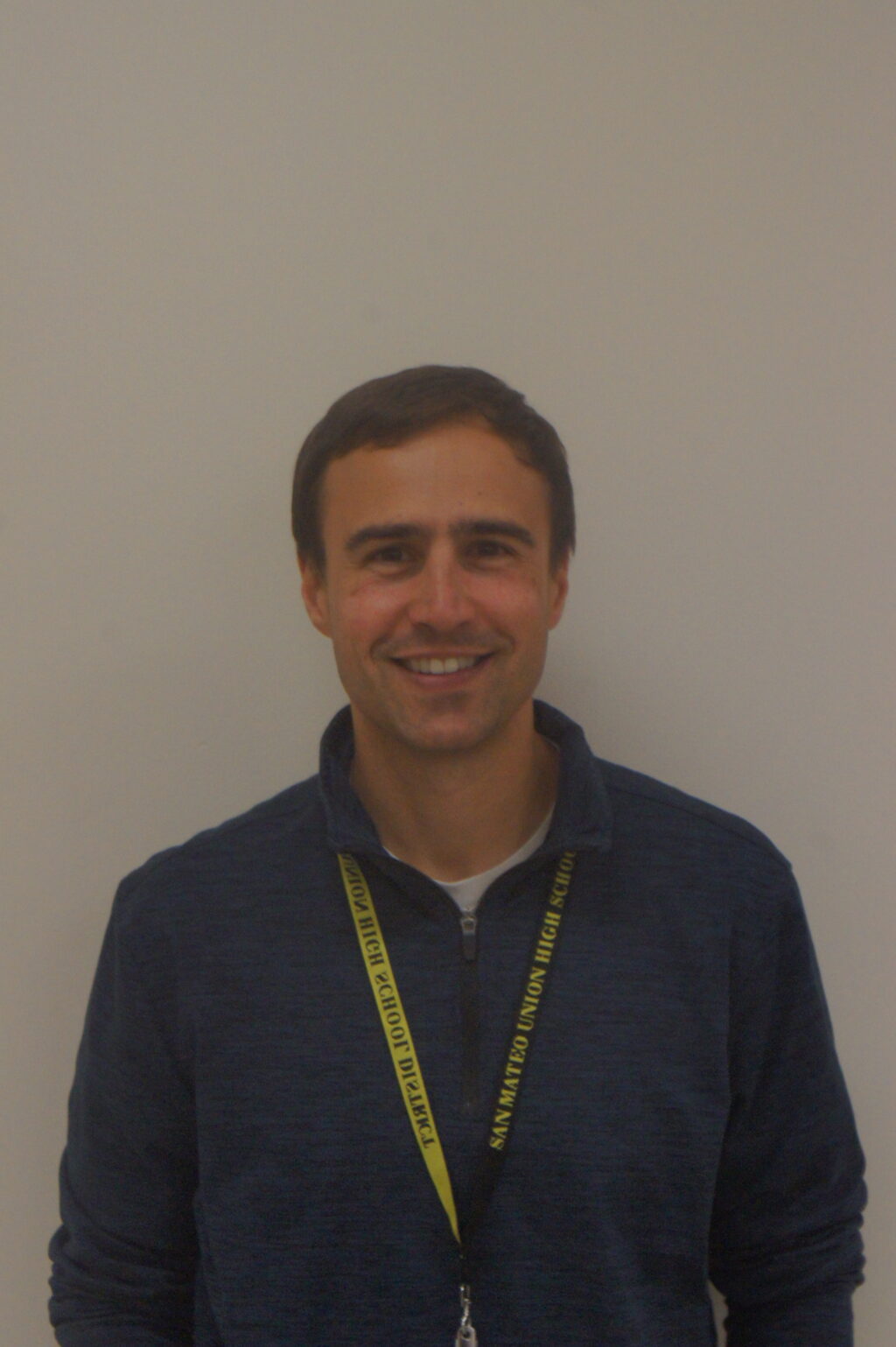
Victoria Santana
The unknown mysteries that lie in the depths of the waters inspired Algebra I and Geometry teacher Eric Simons and scientist Dr. Tessa Hill, recipient of the Rachel Carson Lecture award, to write their upcoming book, “At Every Depth,” an eight-year project discussing the changing ocean and its relationship to humans.
Before becoming a teacher at Aragon, Simons worked as a magazine journalist for 20 years. Recently, however, he realized he wanted a change from writing and began transitioning into teaching. Throughout this transition, though, he continued working on his book and collaborating with Hill.
]The co-authors met several years ago when Simons interviewed Hill for a documentary called “Sea of Troubles.” They immediately connected over humanity’s relationship with the ocean and the future of the planet.
While working as a journalist, Simons was intrigued by the state of the ocean. As a result, he started to learn more and realized the astounding diversity in the sea.
“The book was this attempt to say [the ocean] is this remarkable, complex place,” Simons said. “Look at all the different
ways people engage with it and study it and see it, and all the ways it’s changing now.” For Hill, inspiration stemmed from how difficult it is for people to understand what happens in the water.
“When a wildfire or a drought takes place on land, we see it and feel it,” Hill said. “But what about the same kind
of processes underwater? We wondered what it would be like to collect stories and work on building an even stronger
connection to the ocean.”
The book includes oceanic research spanning several years and interviews with scientists, Indigenous community members, coastal communities and fishermen all over the world about their relationship with the sea, and the impact of climate change.
The book was a learning experience for both authors, as this is Hill’s first book, and Simons’ first co-written book, having previously published two other books. Despite the new environment, they collaborated well and helped each other grow as writers.
While the book was in development, the pandemic hit, altering their plans. Instead of traveling, they had to use Zoom or Facetime to conduct their interviews. But ultimately, these virtual interviews helped them add more perspective and dimension to their writing.
“We saw a lot of [places] virtually, but I think [it] kind of worked out,” Simons said. “It really forced us to have people tell us about these places and how they see them in their own way.”
Though the issue of traveling was quickly resolved, another problem quickly arose. Both Simons and Hill were faced with the challenge of balancing work and family during a trying time.
“Both of us are parents and I spent 2020 … helping [my daughter] do kindergarten on Zoom and also working,” Simons said. “This book has always been something we work on when we can and part of the reason it took so long is because we had so many other commitments.”
Another difficulty they faced was handling challenging topics and sensitive interviews.
“The ocean is changing very fast, at a pace that we can’t really keep up with,” Hill said.
“People who care deeply about the ocean are grappling with a lot of change and an uncertain future. Those conversations were often sad and vulnerable, but often had equal parts of hope and optimism.”
Though there were many obstacles, the whole process was a valuable learning experience, and both writers walked away feeling content and optimistic.
“A key takeaway for me is that many of the people we interviewed are overwhelmed by the global challenges that we face, but they are choosing to work at a local, community level to make the world a better place,” Hill said. “People are partnering in new and exciting ways with members of their community to restore and protect coastal habitats.”
The book is set to be released on Feb. 6, 2024. Simons plans to focus on teaching and has no current plans to publish any other work.





